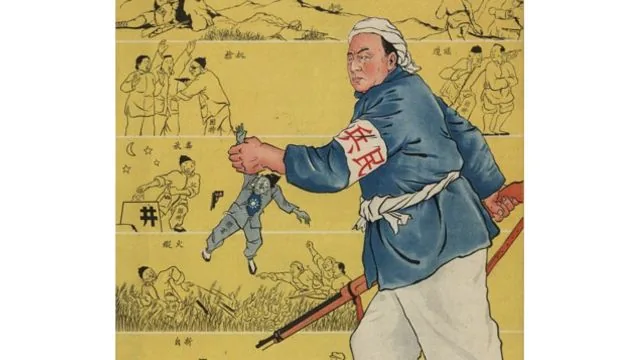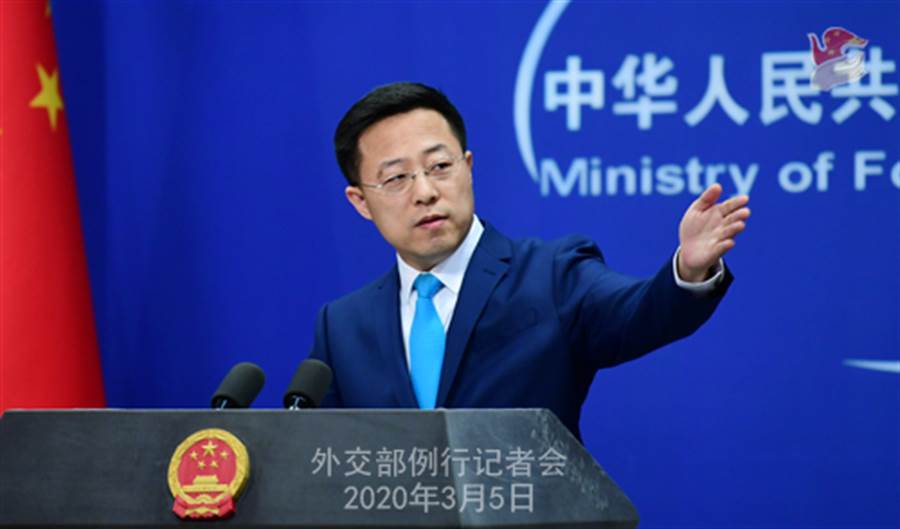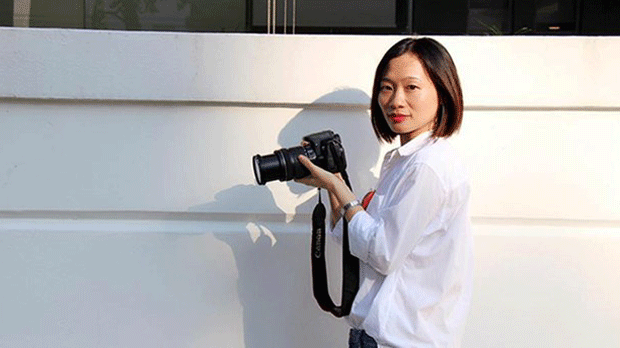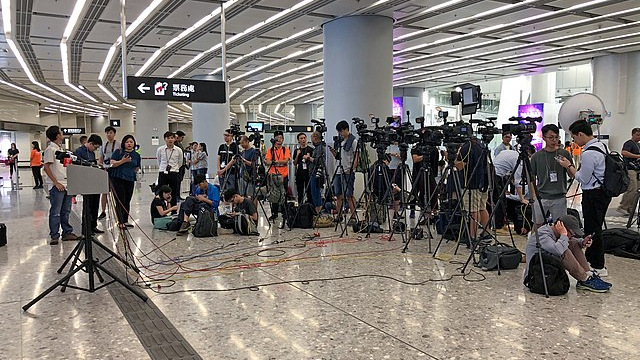Using various trumped-up pretexts, the CCP continues its campaign to eliminate outdoor religious statues across China.
by Hu Ke
The 17.56-meter-tall Guanyin statue on the Nanzhao Customs Island, a national 4A-level tourist attraction in Dali city in the southwestern province of Yunnan, was demolished in July last year because it was “too tall.”
The icon was built with 269 marble stones, and according to some Chinese tourist websites, it was considered the world’s tallest white marble statue dedicated to the Buddhist Goddess of Mercy.
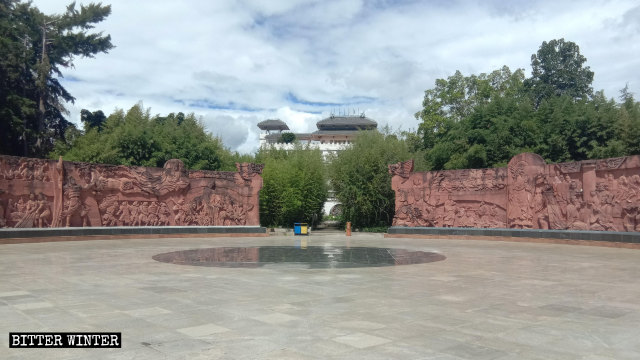
“The central government ordered to destroy the Guanyin statue,” a staff member at the tourist attraction told Bitter Winter. “The demolition process took four months. The local authorities threatened to close the site if the statue was not demolished. They only allow us to believe in the Communist Party, not Buddhism.”
Buddhism has played an important part in Dali city’s history, so its residents were distraught about the statue’s demolition. “This has to do with our faith,” a city resident said. “We have asked the government to keep the statue, but to no avail. Locals wouldn’t dare demolish it, so the authorities hired out of town workers.”
In Yunnan’s county-level city of Mile, a 9.9-meter-tall dripping-water Guanyin statue, along with traditional Chines omens of good fortune—golden-boy and jade-girl—were demolished in June last year in the city’s Puti Temple. A resident explained that the order came from the local Religious Affairs Bureau. “They said that the temple didn’t have a religious activity venue registration certificate and was not allowed to have outdoor statues,” he said.

The temple, originally built in 1817, underwent extensive reconstruction and expansion in 2014. In March that year, Bhikkhu Ananda, a famous Nepalese Buddhist scholar and Messenger of Peace, a title bestowed by the United Nations to distinguished personalities, visited the temple and planted a Bodhi tree, considered a sacred symbol in Buddhism. Because of this act, the temple changed its original name into “Puti”—Chinese for Bodhi.
According to a local source, the municipal government ordered to convert the temple into an elderly activity center, but its director refused, closing down the venue instead.
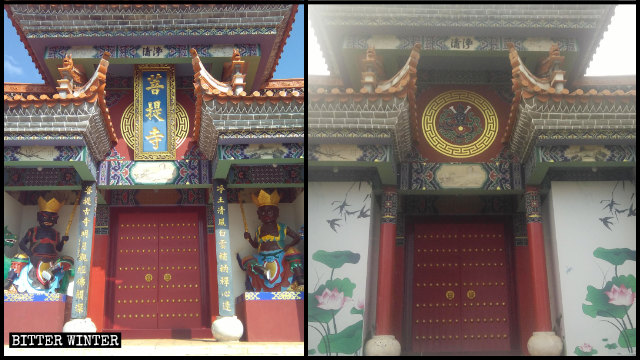
In November last year, the Meishan city government in the southwestern province of Sichuan demolished a 42-meter-tall Amitabha statue in the Huazang Temple, a thousand-year-old sacred Buddhist site.
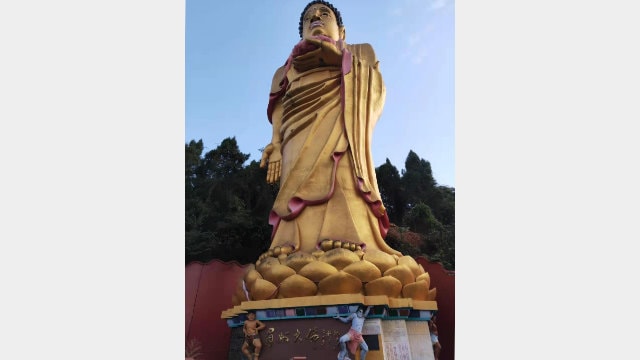
The statue, also known as “Meizhou No. 1 Large Buddha,” was molded more than ten years ago at the cost of 3.5 million RMB (about $ 510,000). A monk in the temple told Bitter Winter that more than 200 police officers and government employees surrounded the venue on the demolition day, setting up checkpoints on the roads leading to it. People were banned from approaching the temple or taking photos.
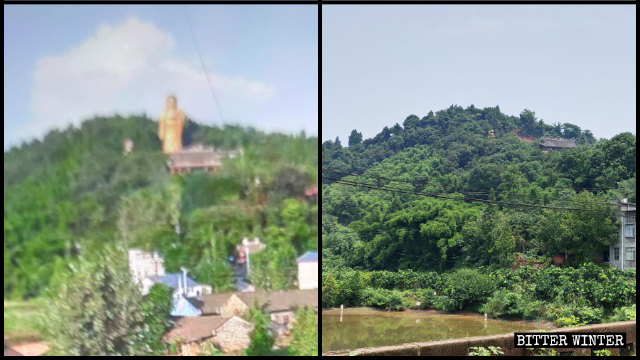
“The government said that the temple didn’t have permission to build the statue,” the monk said. “The number of worshippers reduced significantly after the demolition, and we now rely on others to sustain a living.”
Before the demolition, the government prohibited believers from worshiping and praying at the Amitabha statue for a year for “potential safety hazards.” “It’s so unfair that officials said the statue had to be demolished for safety reasons,” another monk in the temple said.
Source: Bitter Winter






